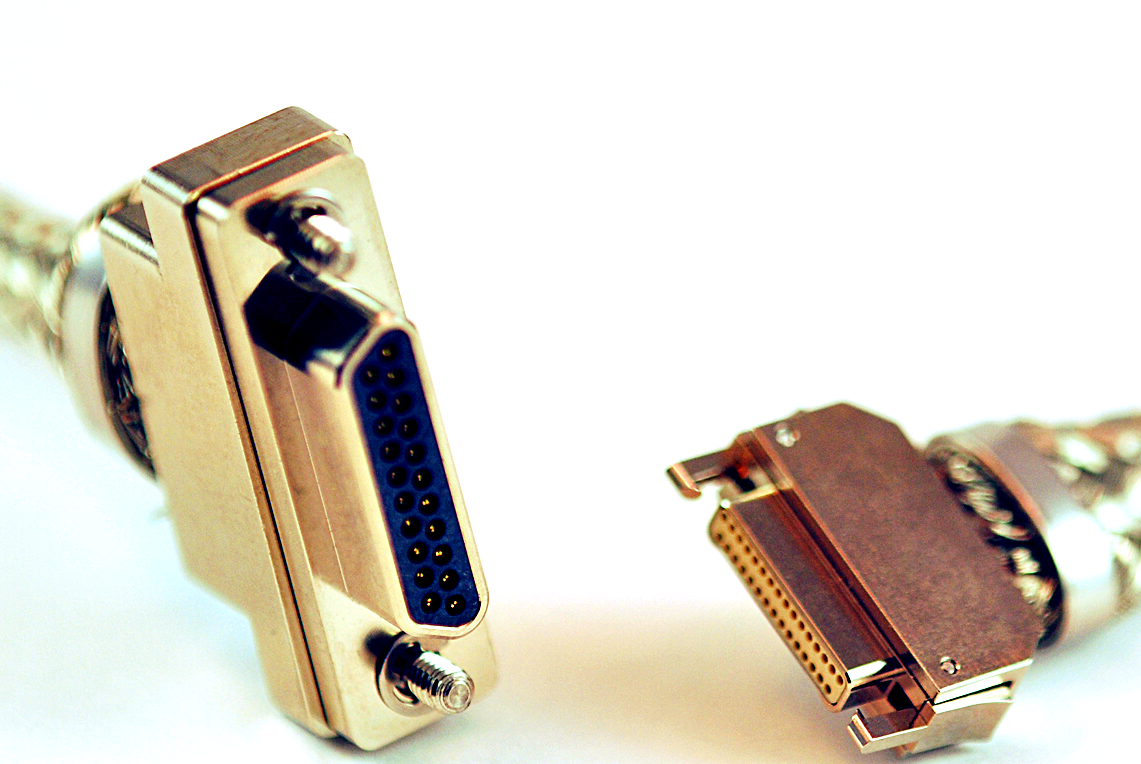
Miniaturisation in digital electronics is driving Omnetics to the further development of smaller and more innovative connectors and cables that enable devices to transfer signals and power faster and more efficiently. Enter the Nano-D connector.
The modern world is demanding more sensing, detecting, data collection and analysis, and at faster speeds. As new devices are upgraded, they need to operate very rapidly and be accurate. Advanced physics and new materials are being used to design and develop a massive range of new electronic tools that will help us see, feel, measure, analyse, and do work for us.
Omnetics has been at the forefront in developing analog and digital connectivity systems for electronic devices that are used in virtually every industry. The company’s Director of Technology, Bob Stanton, was one of the original team members that wrote the specifications for the Micro-D connector. He was also called on to join the team to help write the Nano-D standards. Both these connectors are now governed by what are known as “MIL-SPEC” standards – MIL-DTL-83513 for Micro-D and MIL-DTL-32139 for Nano-D.
Micro-D is probably the most used size of connector in the electronics industry. Since their invention, literally billions of them have been produced and installed in devices over the years. However, the drive towards smaller and more powerful communications and other electronic systems has led scientists and designers to further reduce their size, hence the emergence of the Nano-D connectors, and R&D continuing to strive for smaller-still products.
However, the reduction in size has not meant any loss of performance. Nano-D connectors are, if anything, even more capable than earlier examples as they have benefited from advances in both materials, and the various sciences behind connectivity. Connectors used to be for power or data only; then they were made to carry both simultaneously. Now even infrared spectrum scanning and mixed light frequency monitoring connectivity have made it into the mix.
The demand for even higher speeds in digital signal transmissions from virtually every industry sector is rising. At the same time, digital products are becoming smaller, portable and more powerful. Remember, the first mobile phone systems, and how bulky and heavy they were? Now, most modern mobile phones give you many times more computing power in your pocket than the Apollo 11 rocket!
And designs for connectors and associated cables are being researched and developed continuously. Nano-D connectors are basically still a male-female connector – a round pin goes into a round hole, but almost as important as the connector is the cable.
The edge in the connector market
Omnetics’s Bob Stanton said that owing to a recent client’s requirements for “stacking and density and vertical height”, they “produced a nano strip flex cable to connect to a board”. These could have been “made as direct header attachment or pluggable, depending on the application”.
This last example is what gives Omnetics an edge in the connector market. They already display a huge range of Nano-D connectors of all shapes, sizes and electrical configurations on their website. If one fits a client’s requirements, it’s a simple case of ordering it, and it’s done.
However, if a client can’t find an exact match to their needs, all they have to do is to contact them with what they do need. Engineers will then analyse the requirements, and in discussion with the prospective client, design and fabricate samples through an online modelling platform. These samples will go through Omnetics’s fabrication/test/adjustment/fabrication/test cycle until a final product emerges in line with the client’s needs.
For the future, Omnetics has two connectors evolving rapidly. One is a family of Nano-size strip connectors; connectors that are very flat and strong, to be able to perform through high shock and vibration. (The key components inside are used in MIL-SPEC connectors.)
These were used on the Mars Rover and other space-related designs. Low weight factors into the low-profile advantage; in space instruments, one must remember Newton’s second law of motion, F=ma (Force equals mass times acceleration). As objects change velocity, lower mass is an advantage, so a variety of strip connectors are becoming a standard.
These are much more robust than commercial-grade connectors that look similar, because of Omnetics’s nano-size beryllium copper Flex Pin to socket technology and military-grade materials used in assembly.
Omnetics has designed and pioneered a second very low-profile connector called the PZN series to complement flat cabling that can gang tightly stacked groups of circuit boards. These use key military-qualified pin-to-socket systems that can perform through high shock and vibration issues that may be experienced by highly portable instruments, robots as well as instrumentation destined for space.


